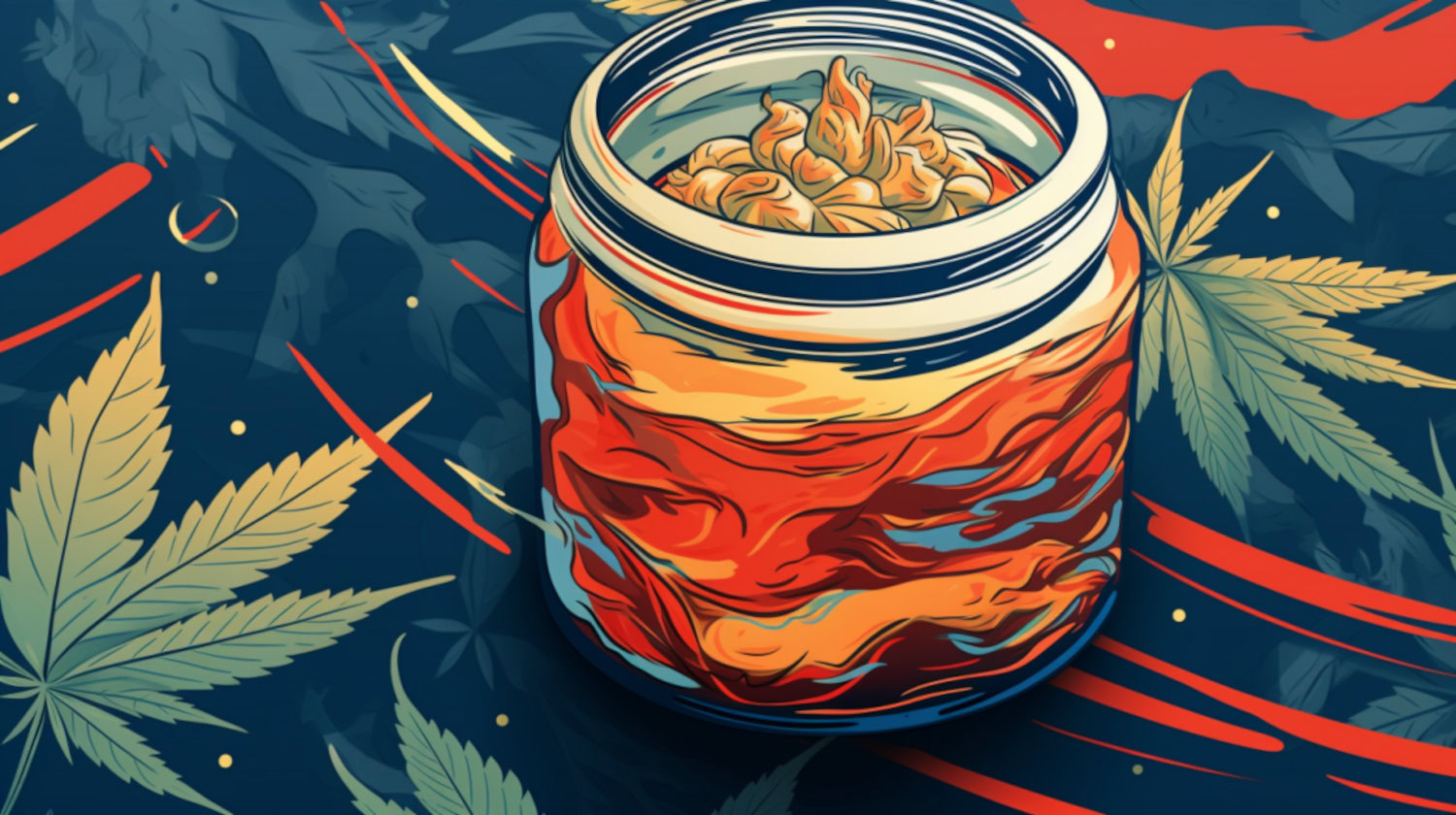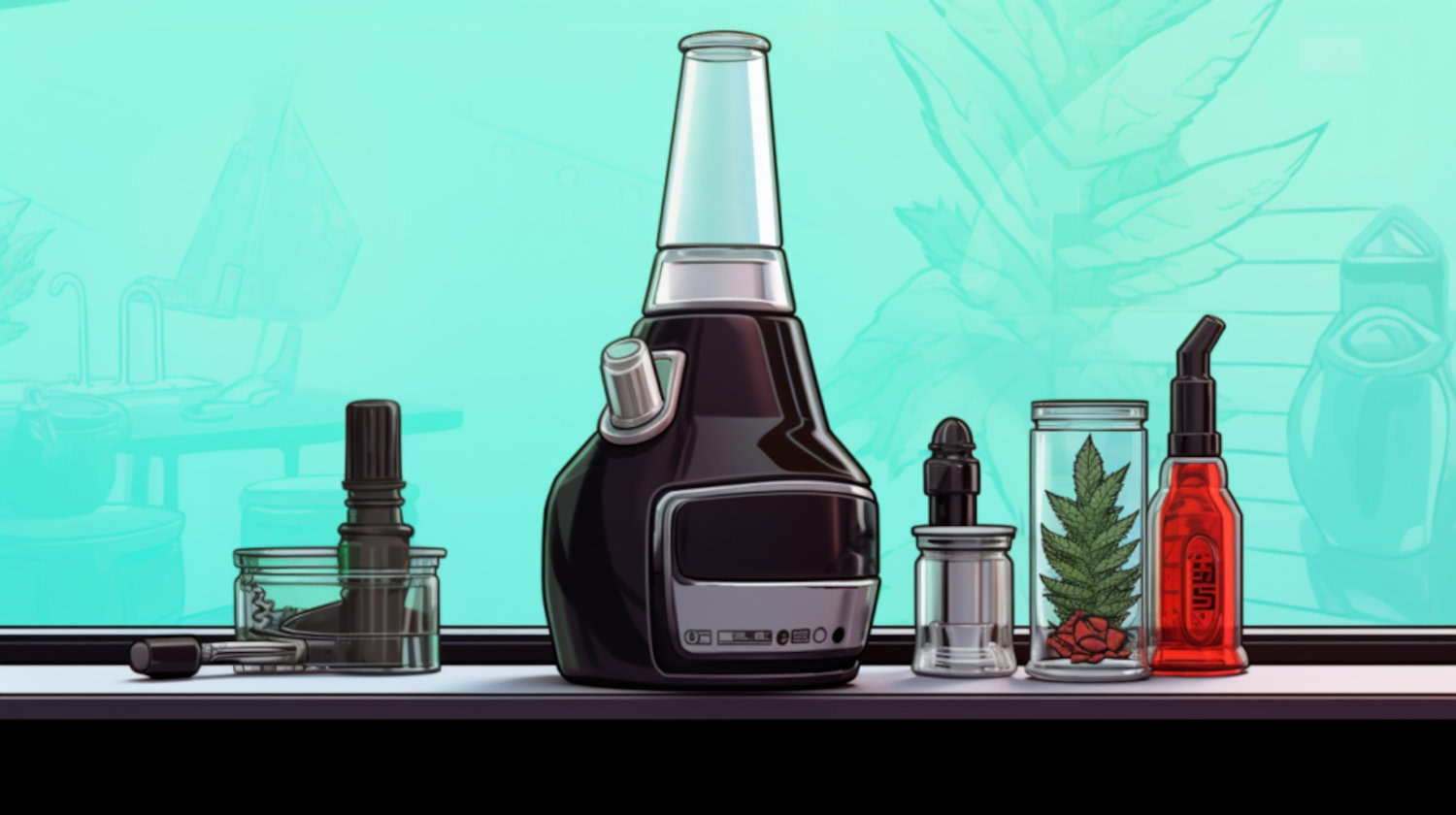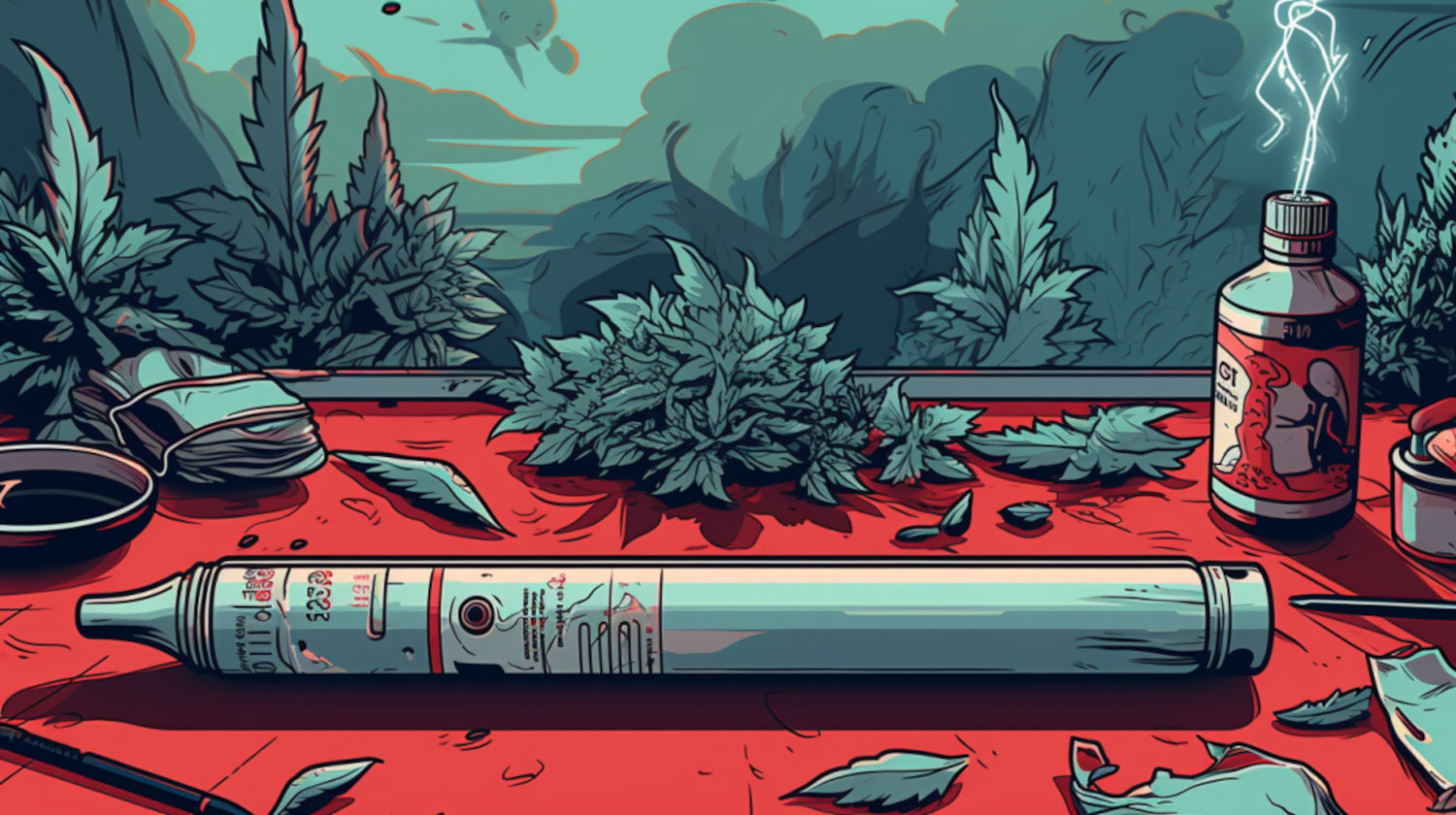Key Takeaways
- Dabbed extracts are extremely potent, so a small amount goes a long way.
- Beginners should start with between 0.025g and 0.05g of their preferred extract.
- Always start low and go slow, especially with high potency cannabis products.
Cannabis extracts and concentrates represent some of the most potent and flavorful types of cannabis products available today. As the name implies, these oily products of varying consistencies are made by extracting compounds, like cannabinoids and terpenes, from cannabis flower nugs and turning them into a concentrated oil.
Dabbing now comes in a variety of sizes and shapes. While each stands out for its unique offering, its high potency generally remains the same. Some consumers may want to know how much to dab for an optimal experience.
What is the Proper Dab Size?
Dabbing is the vaporization—not smoking—of cannabis extracts. This process involves heating a surface known as a dab rig "nail." While some use a manual torch flame, others use e-nails, which heat the metal surface without a flame. Smaller devices have introduced other heated surfaces to vaporize extracts, including tiny heated coils that resemble straws.
No matter the device size, the extract is placed onto the heated surface, producing a smoke-free vapor to inhale. Most dabbers feel the effects within moments of vaping, much like smoking. Unlike traditional smoking methods, dabbing's use of concentrates delivers a more potent experience due to highly concentrated THC.
These elevated effects can be further amplified by the plant's profile, with a dab's potency varying depending on the strain or cultivar used in the extraction process. Consumers should remember that dabs deliver pronounced effects, with high-potency strains producing much more impact, which could increase the likelihood of overintoxication.
Not all extracts are created equal. They differ in consistency and potency. Some common forms include:
- Shatter: A glass-like extract known for its high THC concentration and brittle texture.
- Wax: A soft, malleable concentrate with a waxy consistency.
- Budder: A smooth, creamy, high-potency extract resembling butter.
- Rosin: A solventless extract made by applying heat and pressure on cannabis buds or hash.
- Live Resin: A flavorful extract made from fresh frozen cannabis plants, which preserves the whole plant profile, including its terpenes.
With much to choose from, it’s understandable if consumers aren’t entirely sure about extracts and dabbing. The dab size chart below outlines typical sizes consumed and their common effects window.
While every consumer is different, this chart should provide a good starting point for most.
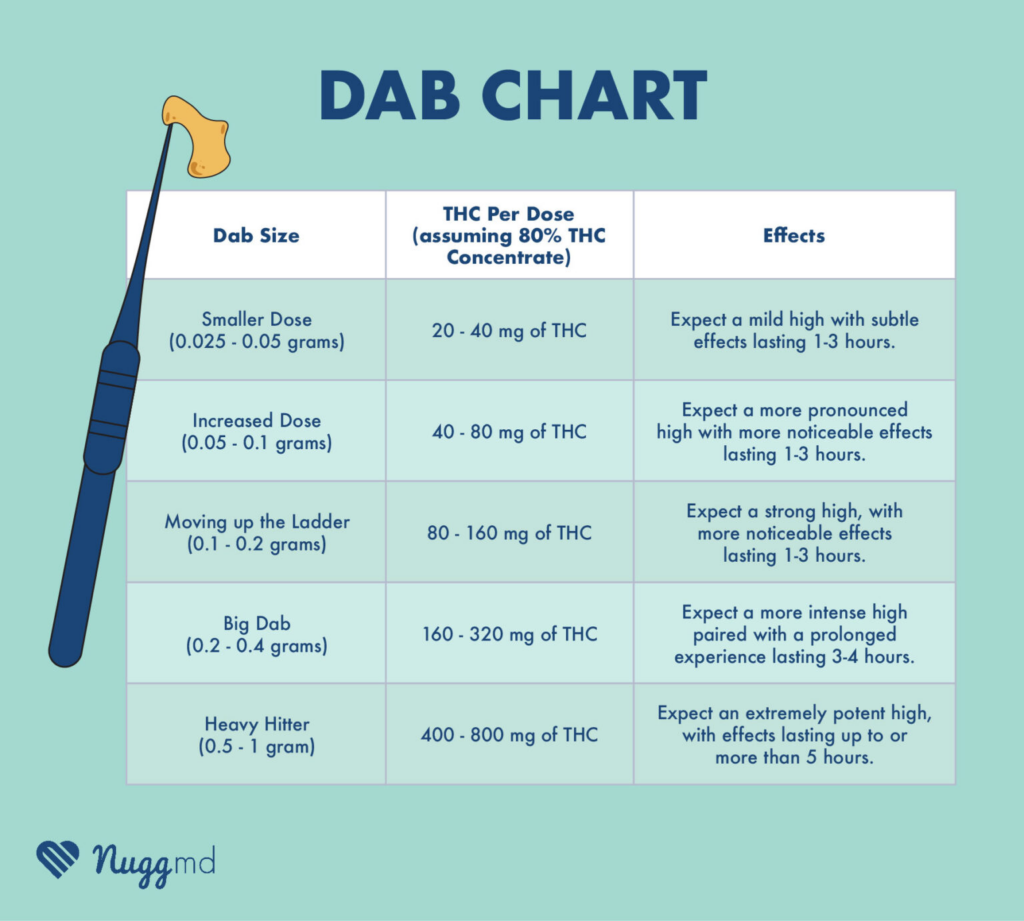
How Does Dab Dosage Differ from Other Cannabis Dosages?
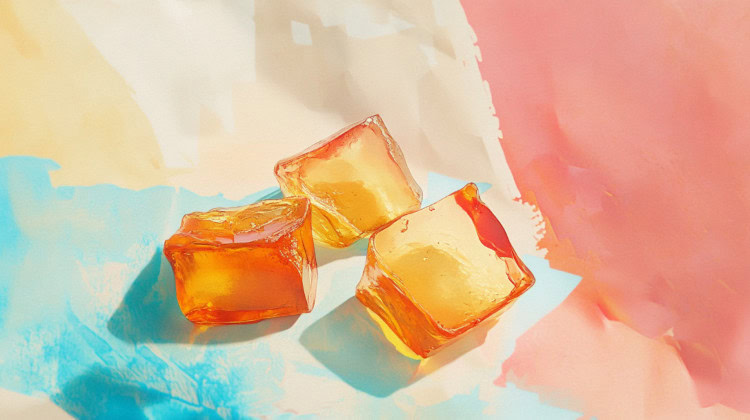
When compared to other cannabis products, ranging from flower to edibles to RSO (Rick Simpson Oil) and beyond, dab dosages differ not only in physical size but also in THC concentration. These differences lead to vastly different consumption experiences.
Dabs will likely be the most substantial high many consumers experience, save for anyone who consumes a considerable dose of edibles. Still, even then, the pronounced effects from edibles differ from those of a dab due to their different onset times. Dabs provide an immediate, significant impact, while edibles often take 30 to 90 minutes before feeling similar results.
The dabbing experience can overwhelm some, especially newcomers or anyone with a lower tolerance. Utilizing the start low, go slow method is a wise place for most consumers to start. With this approach, consumers start with a small dab, then wait and see how they feel over the next 45-60 minutes. They can repeat the process with a similar dose if they have not reached their desired feeling or effects. This process can be repeated several times until the consumer reaches their ideal outcome.
While dabs don't possess the same dosing accuracy edibles now have, there is some understanding of recommended servings. Use the chart above to hone in on desired dosages and effects.
Tools for Dabbing
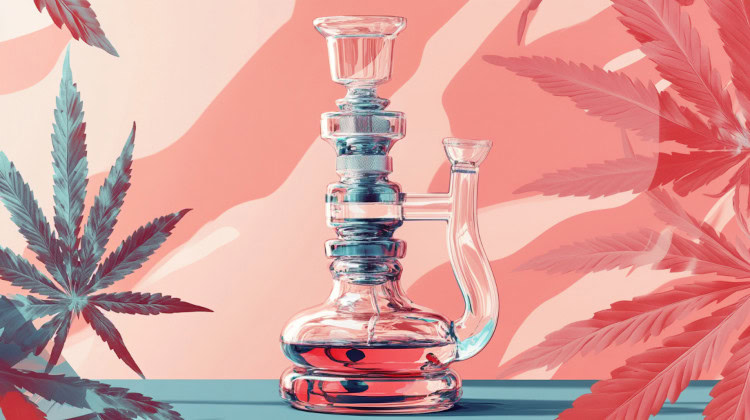
When working with a classic rig, have the following on hand:
- Dab rig
- Dab tool/scooper
- Carb cap
- Torch or e-nail
- Cleaning supplies like Q-tips and isopropyl alcohol
When using a portable vaporizer or pocket-sized dabbing device, have the following on hand:
- Dab pen or portable vaporizer
- Device charger (and source of electricity)
- Dab tool (if needed)
- Cleaning supplies like isopropyl alcohol and Q-tips
Dabbing: It's a Unique Experience
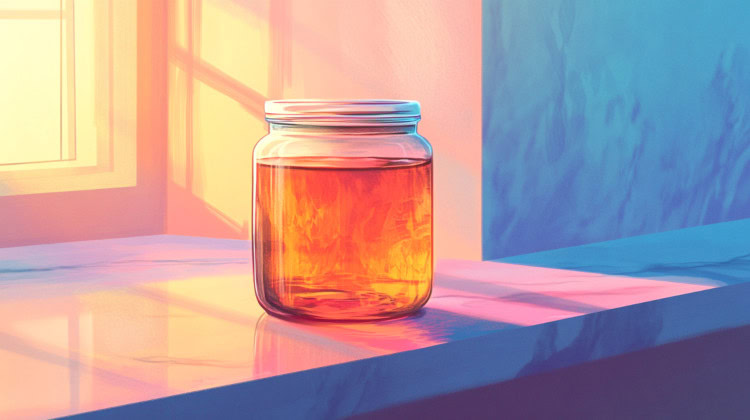
Dabs are a popular and potent way to experience high-dose cannabis effects in mere moments.Top-quality extracts come in an array of consistencies made through various extraction methods. Most are incredibly versatile, serving as the perfect ingredient for dabbing and vaping, cooking, topical infusion, and a potency boost to flower options ranging from bowls to pre-rolls.
Consumers may feel some pressure to dive into extracts and dabs specifically. But remember, cannabis is only fun if you enjoy it. While some people love getting highly intoxicated with large concentrations of THC, not everyone is ready for it right out the gate, or they may not ever want to do that sort of consumption. There’s no wrong way to enjoy cannabis as long as it’s done safely and in a way that satisfies.
People Also Ask (FAQ)
How much is a good amount to dab?
A good amount to dab depends on each consumer’s tolerance and preference. Still, most consumers can start with the first level on the dab size chart and adjust as needed.
How much to dab for a beginner?
Beginners should start with the first level on the dab size chart, as it provides a small, manageable dose.
How much does one gram of dab oil cost?
The price of one gram of dab will range from $20 to $100 or more, depending on the quality of the concentrate and the state in which it’s being sold.
How long do the effects of one dab last?
A single dab’s effects will vary, lasting anywhere from two to four hours in most cases. The exact length will vary depending on individual tolerance and the extract’s potency.
The information in this article and any included images or charts are for educational purposes only. This information is neither a substitute for, nor does it replace, professional legal advice or medical advice, diagnosis, or treatment. If you have any concerns or questions about laws, regulations, or your health, you should always consult with an attorney, physician or other licensed professional.


